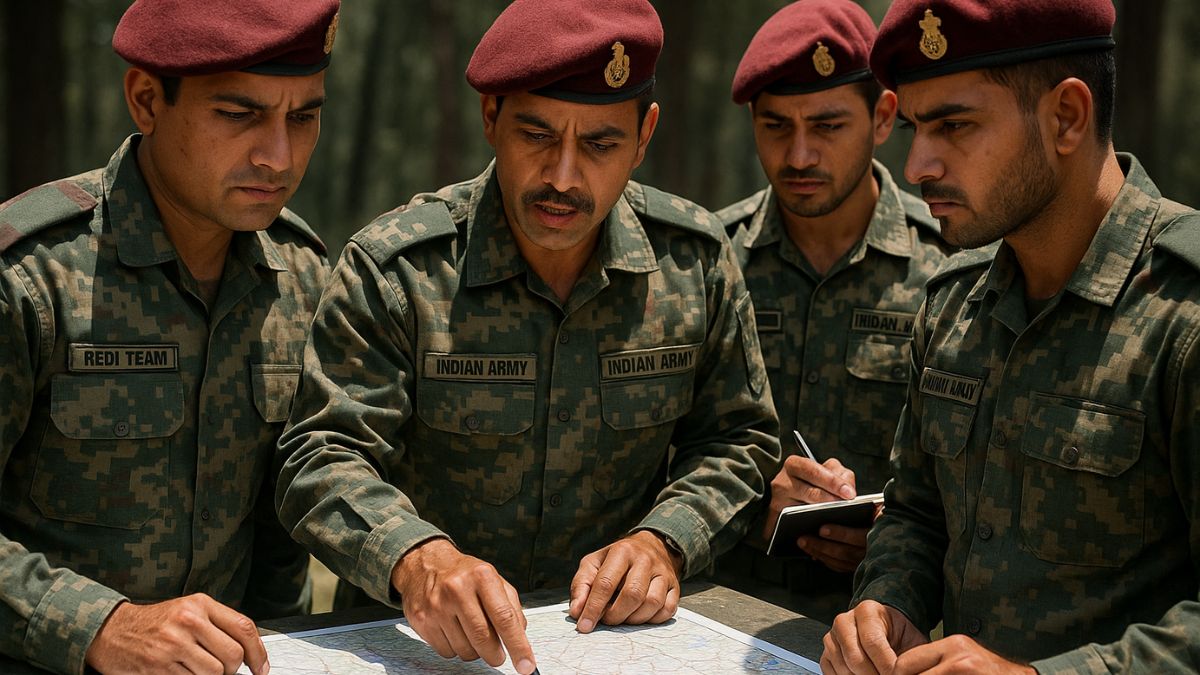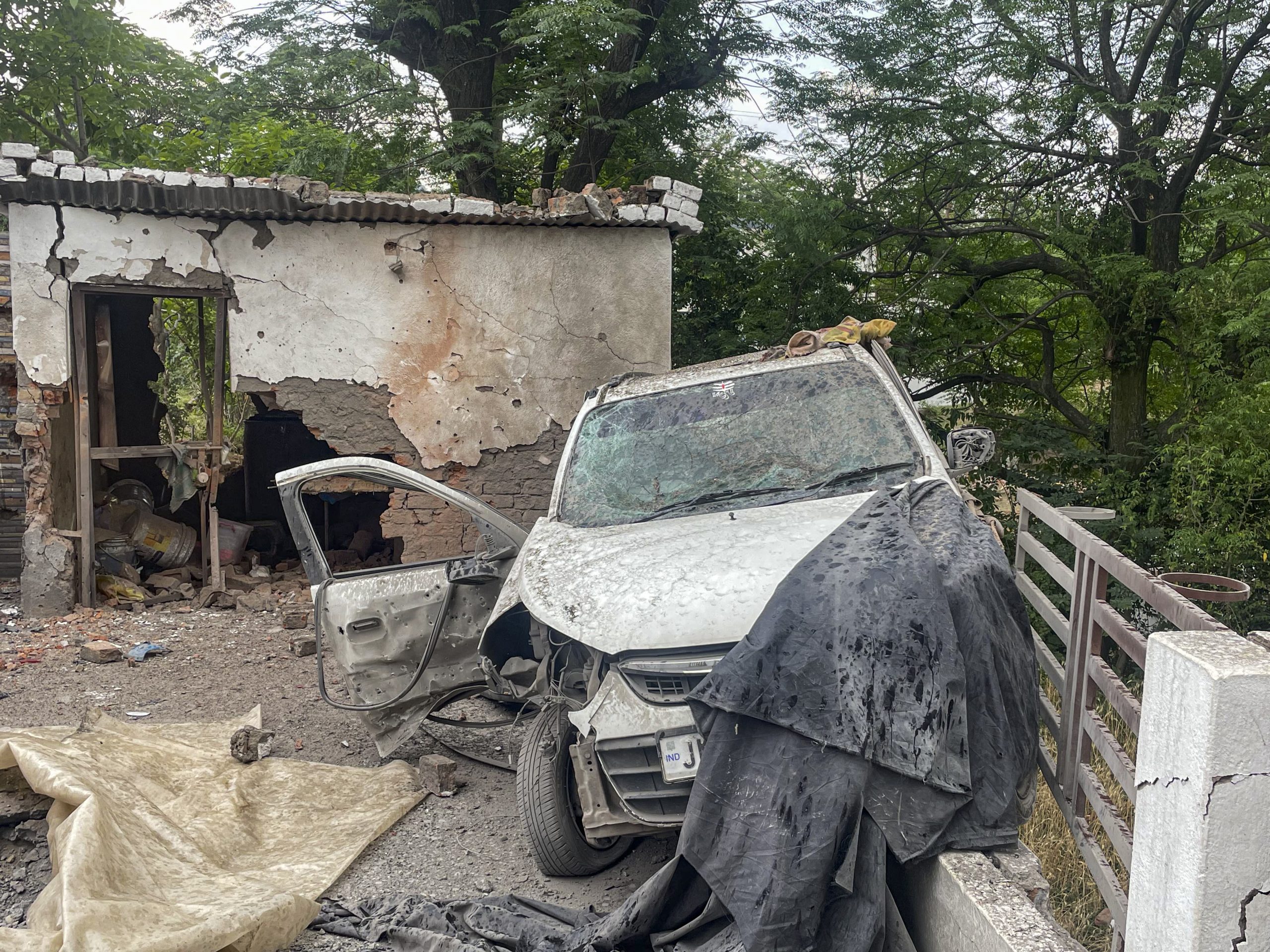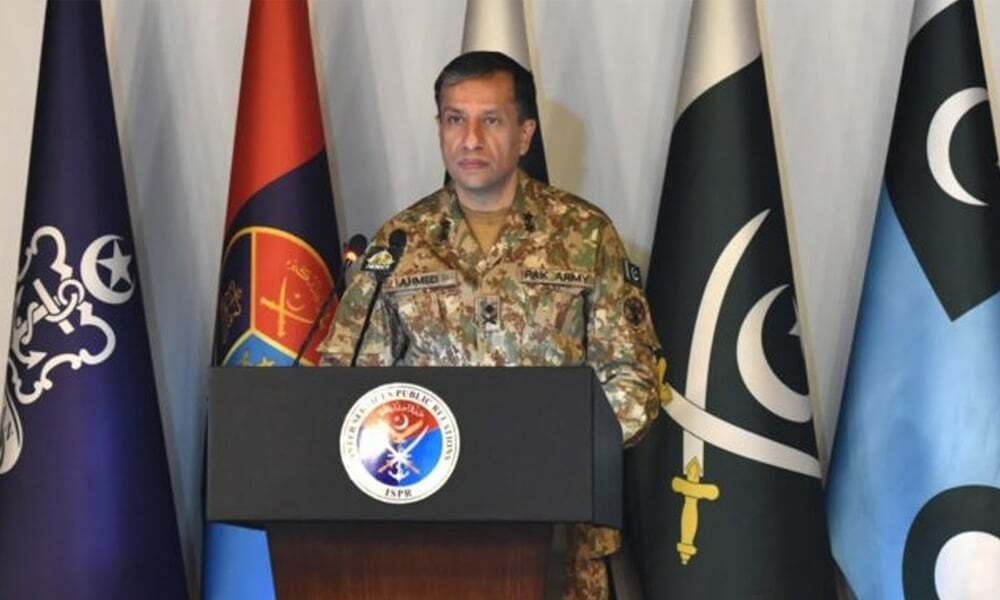India Estimated 35-40 Pakistani Casualties In Op Sindoor But Number Much Higher, Reveals DGMO Lt Gen Ghai

Pakistan suffered heavy military losses during Operation Sindoor, with over 100 personnel killed along the Line of Control (LoC), according to Indian Army DGMO Lt Gen Rajiv Ghai. Speaking on Tuesday (October 14, 2025), he cited Pakistan’s own posthumous military awards list as evidence of the scale of casualties.
After the brutal killing of 26 innocent civilians in the Pahalgam area of Kashmir on April 22, , India’s response began with coordinated strikes by the Indian Air Force (IAF) and Army. On May 7, the IAF targeted terror hubs in Bahawalpur and Muridke, while the Army hit seven locations across Sialkot, Muzaffarabad, Kotli, Bhimber, and Sarjal.
These actions were followed by a wave of airstrikes on May 9–10, hitting 13 Pakistani military installations including Rafiqui, Chaklala, Rahim Yar Khan, and Karachi’s Malir Cantt.
Operation Sindoor: How many aircraft Pakistan lost?
Lt Gen Ghai confirmed that Pakistan lost at least 12 aircraft during the hostilities, echoing earlier statements by Air Chief Marshal AP Singh. He said India’s initial aim was limited to counter-terror strikes, but Pakistan responded with cross-border firing, prompting further escalation.
“We went after terrorists, and once that had been achieved, it wasn’t our intention to escalate unless compelled,” Ghai said. “Pakistanis possibly unwittingly let out their awards list on 14 August, and the number of posthumous awards suggests casualties on the LoC exceeded 100.”
“After the terror targets were struck by the Indian Army and Indian Air Force, there was cross-border firing from Pakistan immediately. Ceasefire violations spiked and this carried on for a while. Our initial estimate was 35-40 (Pakistani) casualties, but the Pakistanis, possibly unwittingly, let out in their own awards list on August 14…the number of posthumous awards that they awarded suggested over 100 casualties on the LoC,” HT quoted Ghai as saying.
Why Pakistan’s drones were a dismal failure?
He described Pakistan’s drone offensive as a “dismal failure,” despite deploying a range of UAVs even after military talks. This failure led to precision strikes by the Indian Air Force on the night of 9 to 10 May, targeting 11 Pakistani air bases. Eight bases, three hangars, and four radars were damaged, destroying key air assets.
Islamabad’s losses on the ground included a C-130 class transport aircraft, an AEW&C platform, and four to five fighter jets. Lt Gen Ghai also revealed that India achieved the world’s longest ground-to-air kill at over 300 kilometres, hitting five high-tech fighters.
The conflict ended on 10 May after both sides agreed to halt military actions. However, India continued its pursuit of the terrorists behind the Pahalgam attack.
What fate did the Pahalgam terrorists meet?
Lt Gen Ghai confirmed that the three terrorists were eliminated in June after a 96-day manhunt. “We chased them to the depths of hell and we did,” he said. “They appeared exhausted and malnourished when found.” He further acknowledged the complexity of such operations, likening the search to “finding a needle in a haystack.”
Ghai also spoke of a “doctrinal shift” in India’s counter-terror strategy, quoting Prime Minister Narendra Modi that Terror attacks are acts of war. There will be decisive retaliation. We will not succumb to nuclear blackmail. There is no distinction between terrorists and their sponsors.







